EPDM gym flooring refers to a type of flooring commonly used in gymnasiums, fitness centers, and athletic facilities. EPDM stands for Ethylene Propylene Diene Monomer, which is a type of synthetic rubber material known for its durability, resilience, and shock-absorbing properties. This type of flooring is specifically designed to provide a safe and supportive surface for various physical activities, including weightlifting, cardio exercises, and high-impact workouts. It is often available in the form of interlocking tiles or rolls that can be easily installed over existing subfloors. It is highly resistant to wear and tear, abrasions, and heavy impact, making it ideal for high-traffic areas and intense workout environments. Additionally, it offers excellent sound and vibration absorption, reducing noise levels and minimizing disruptions to neighboring spaces.
Pros of EPDM Gym Flooring:
- It is highly durable and resistant to wear and tear, making it suitable for high-traffic areas in both residential and commercial settings.
- The resilient nature of this flooring provides excellent shock absorption, reducing the risk of injuries during workouts and physical activities.
- This flooring is easy to clean and maintain, requiring only regular sweeping and occasional mopping to keep it looking its best.
- Available in a wide range of colors, thicknesses, and surface textures, This type of flooring can be customized to suit different design preferences and functional requirements.
- This flooring offers excellent sound absorption properties, minimizing noise levels and creating a quieter environment for workouts and activities.
Cons of EPDM (Rubber) Gym Flooring:
- Rubber flooring can be more expensive upfront compared to other flooring options, especially high-quality, commercial-grade materials.
- Installing this flooring may require professional installation, adding to the overall cost and complexity of the project.
- Some rubber flooring materials may emit a strong odor, especially when new, which can be unpleasant and may require ventilation to dissipate.
- While available in various colors and textures, this flooring may have a more utilitarian appearance compared to other flooring options, limiting design flexibility in residential and commercial spaces.
- Certain substances, such as oils or dyes, may stain your gym rubber flooring if not cleaned up promptly, requiring additional maintenance and care to preserve its appearance.
The Ultimate Guide for EPDM Gym Flooring Installation
EPDM (Rubber) gym flooring is an excellent choice for creating a safe and durable surface in both residential and commercial gym spaces. Follow this comprehensive guide for a successful EPDM flooring installation:
- Ensure that the subfloor is clean, dry, and level before installing EPDM gym flooring. Remove any debris, dust, or existing flooring materials, and repair any cracks or uneven areas.
- Allow the EPDM gym flooring to acclimate to the room’s temperature and humidity for at least 48 hours before installation. This helps prevent expansion or contraction of the material after installation.
- Measure the dimensions of the room and calculate the amount of EPDM gym flooring needed. Plan the layout, taking into account any obstacles or features in the room, and decide whether to use interlocking tiles or rolls for installation.
- Start in one corner of the room and work your way across, laying the EPDM gym flooring tiles or rolls according to the planned layout. Use a utility knife or scissors to trim the flooring to fit around edges and obstacles as needed.
- If using interlocking tiles, ensure that each tile is securely locked in place with adjacent tiles to prevent shifting or movement during use.
- If using rolls of epdm flooring, use the recommended adhesive to secure the rolls to the subfloor, ensuring a tight bond and smooth surface.
- Install transition strips or baseboards around the perimeter of the room to cover expansion gaps and create a finished look.
- Allow the flooring to cure for the recommended time before allowing foot traffic or placing heavy equipment on the surface.
- Once installed, maintain the EPDM gym flooring by sweeping or vacuuming regularly to remove dirt and debris, and clean spills promptly to prevent staining or damage.
